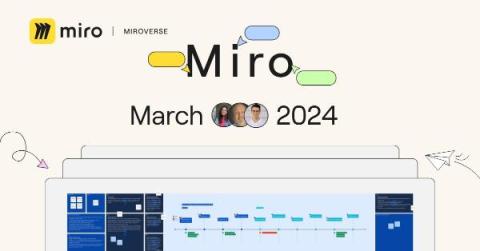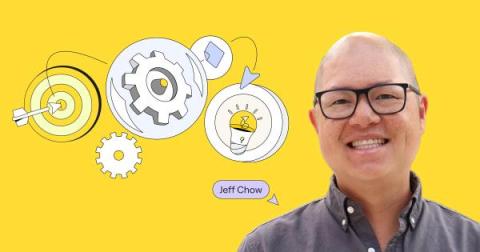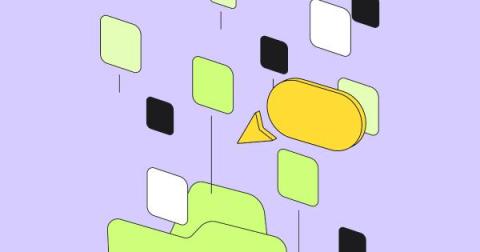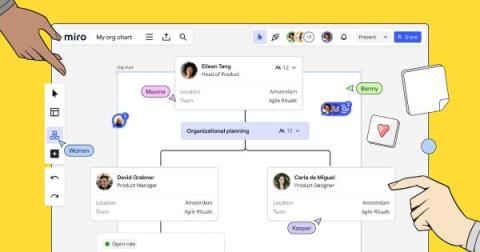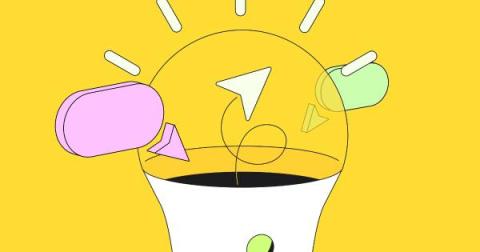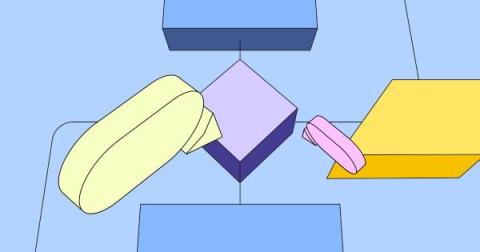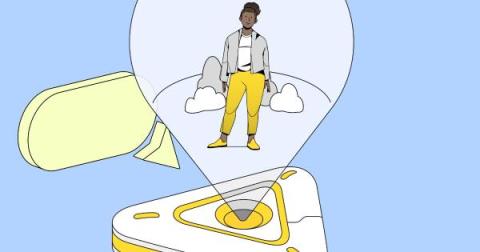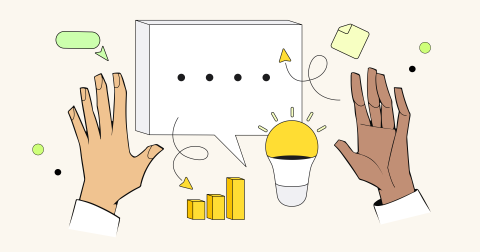New & noteworthy Miroverse templates: March 2024
For some, March is known for its madness — for the Miroverse community, March has been a month full of innovation and creativity. Featuring everything from productivity powerhouses to mood-boosting marvels, this roundup is your ticket to exploring the best templates of the month. Let’s show these creators some love for their brilliant contributions to Miroverse in March! 💛


